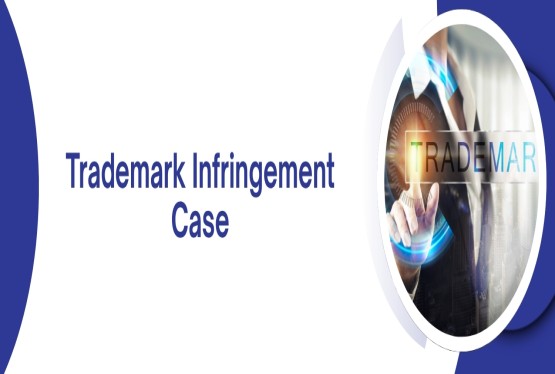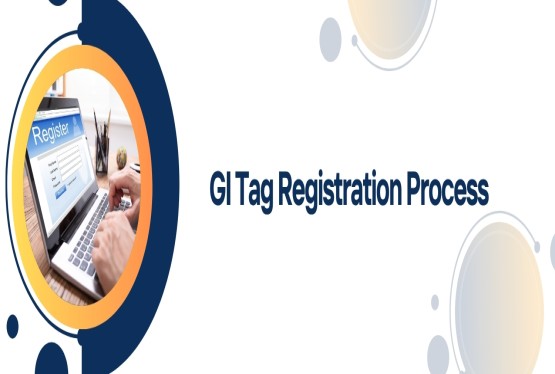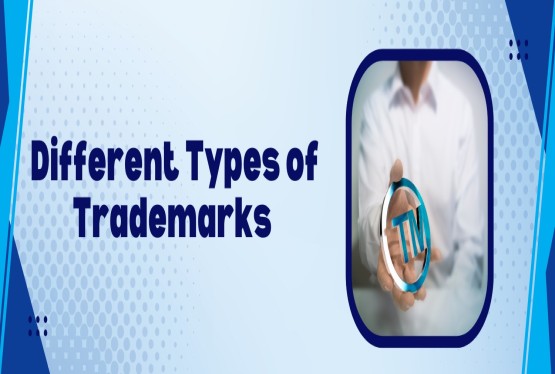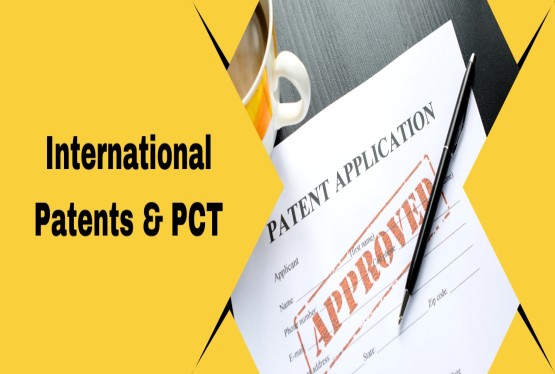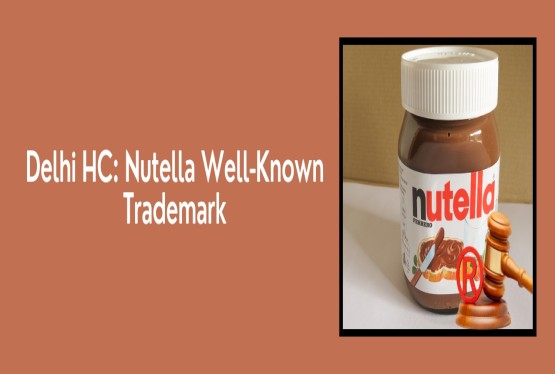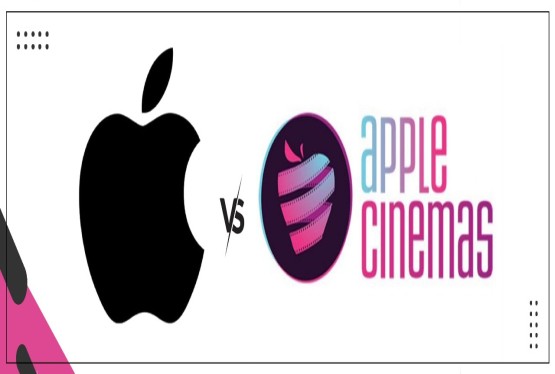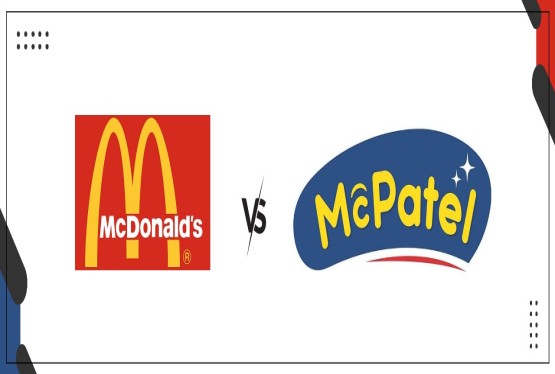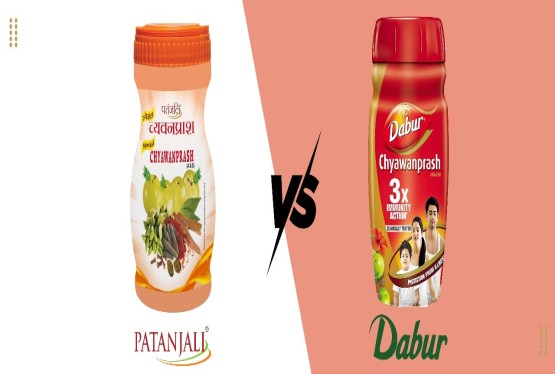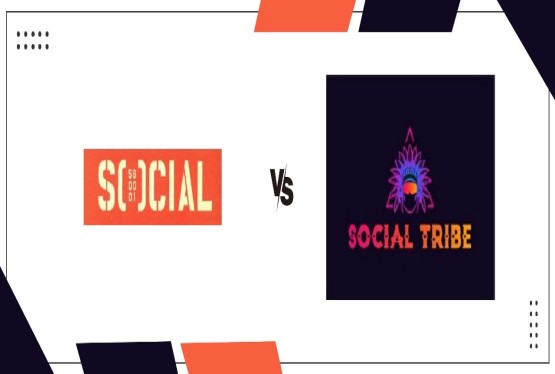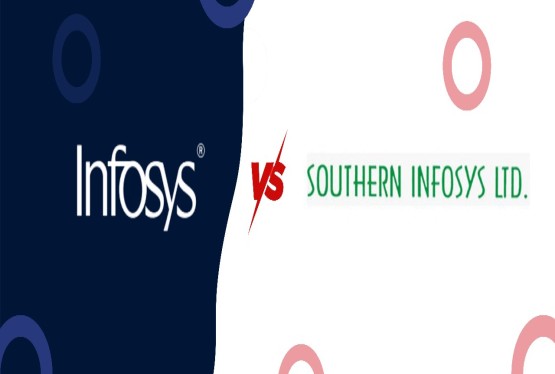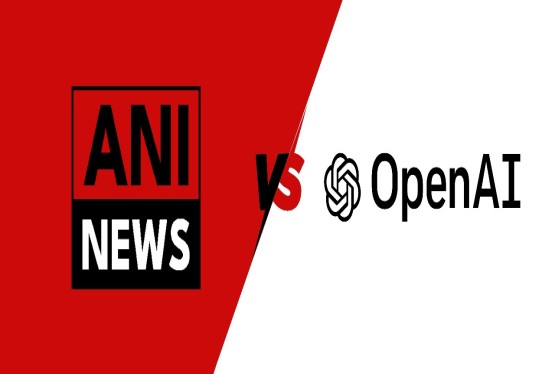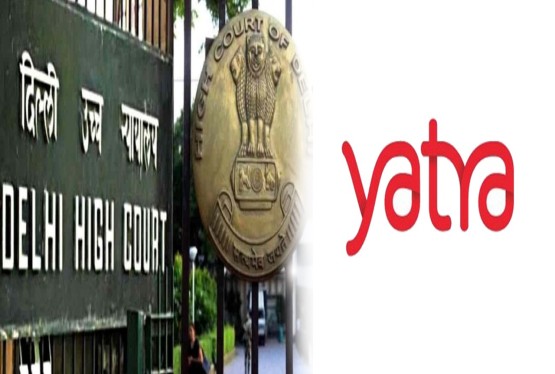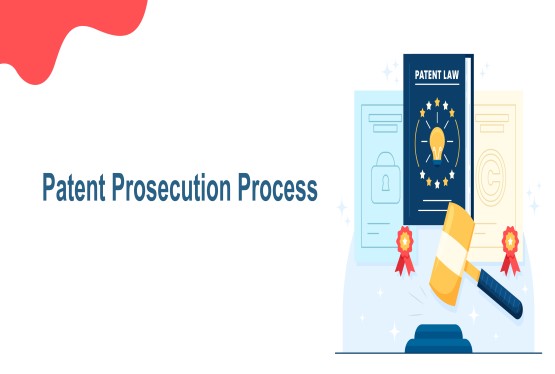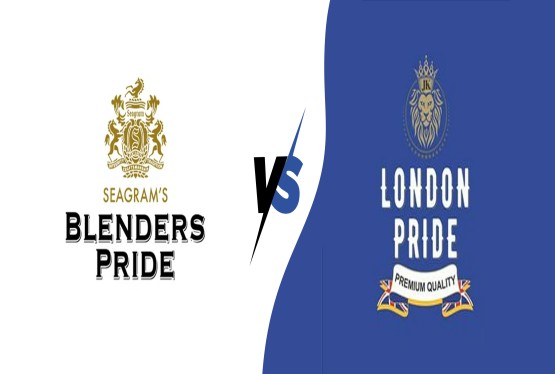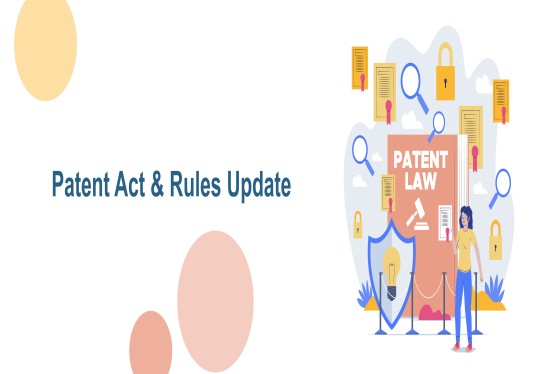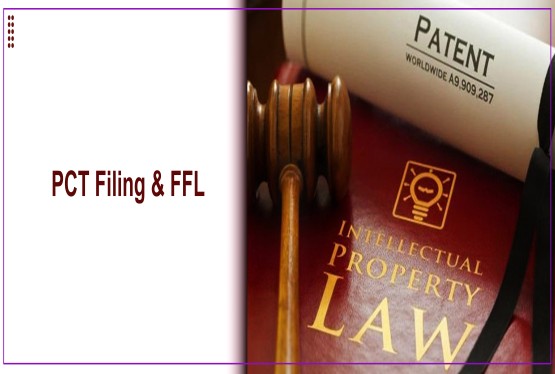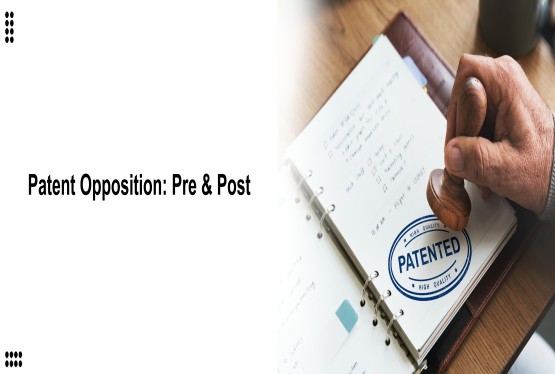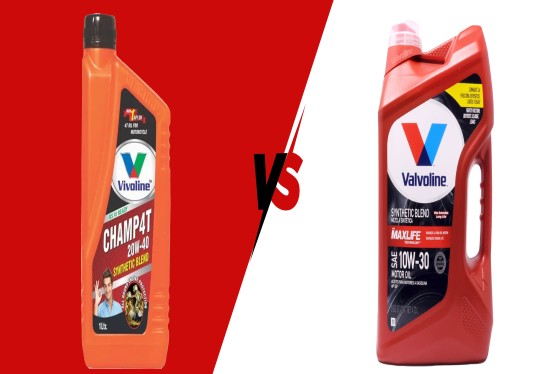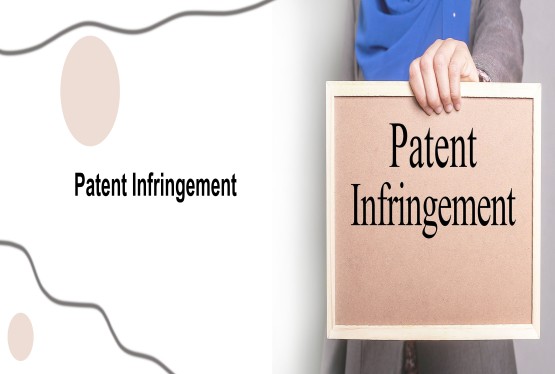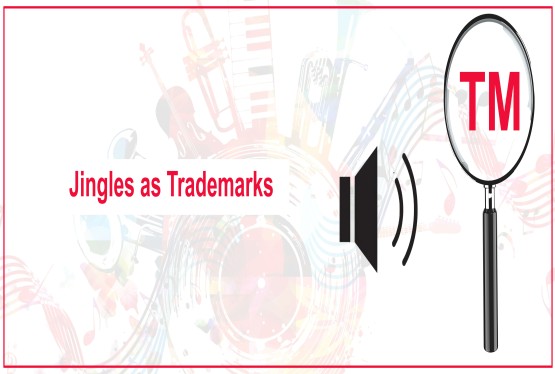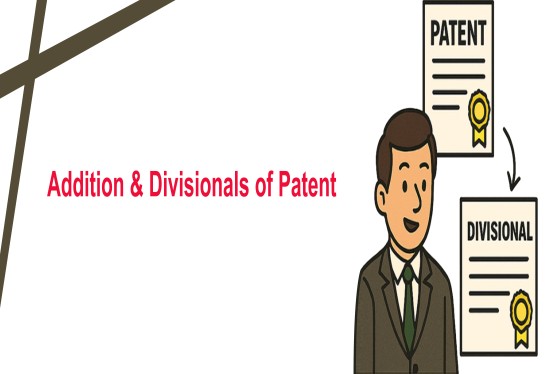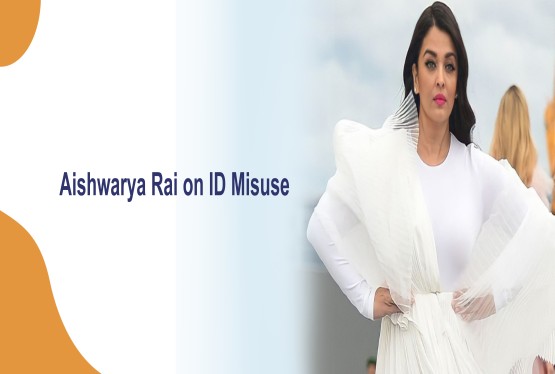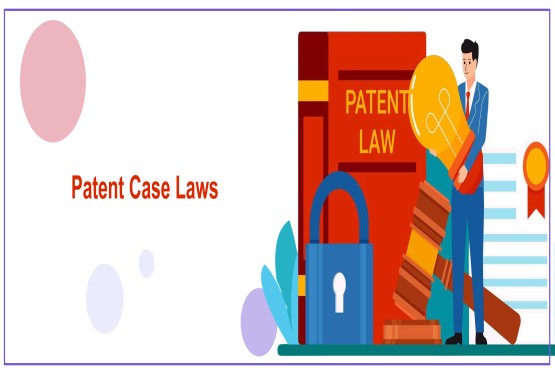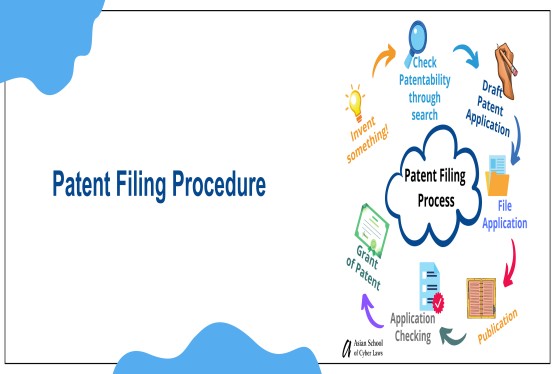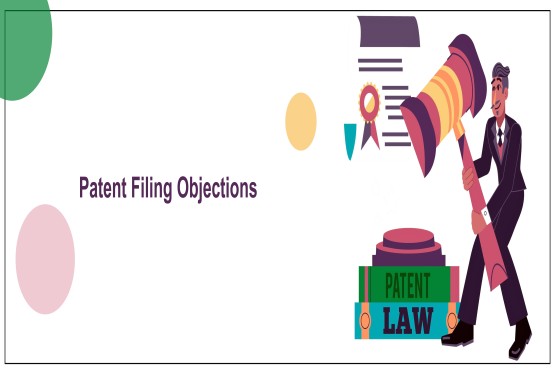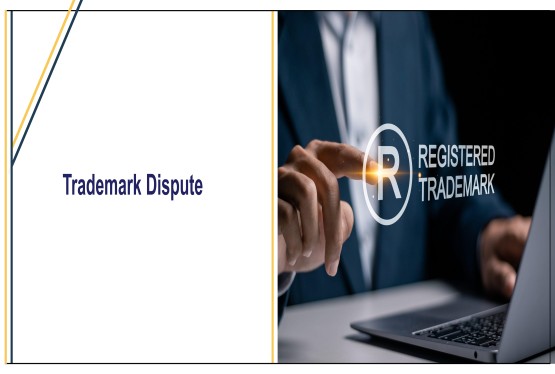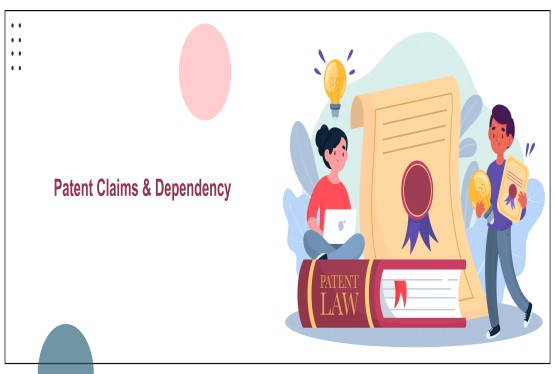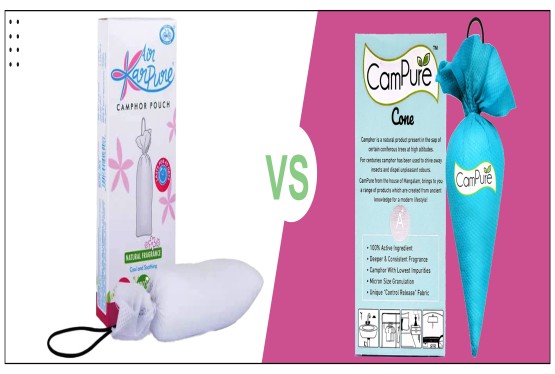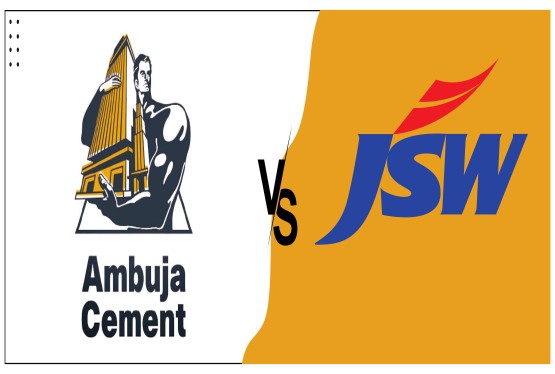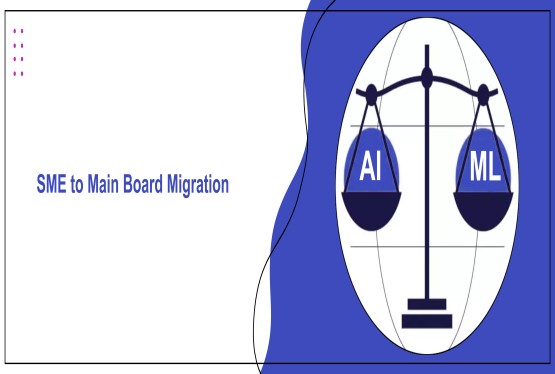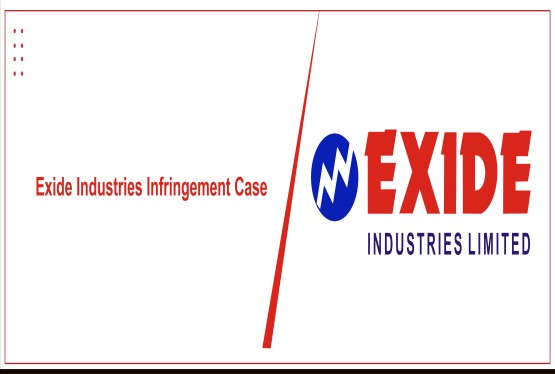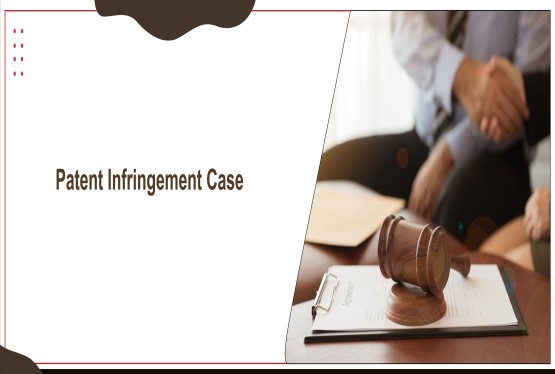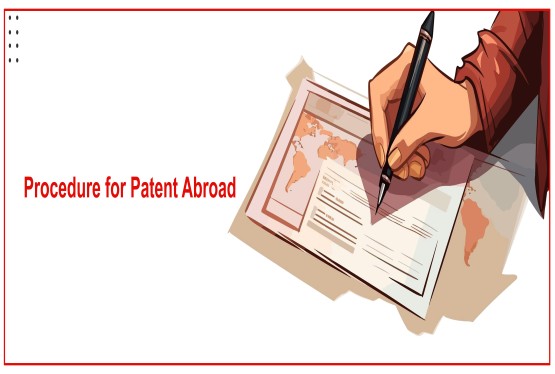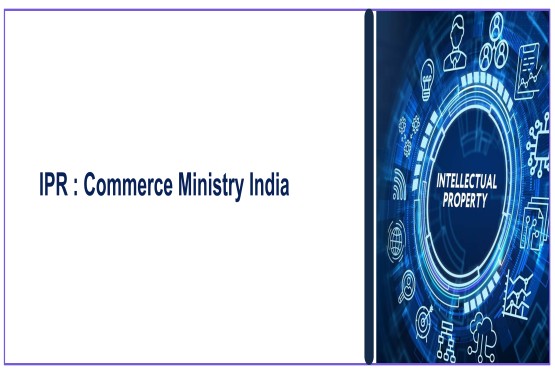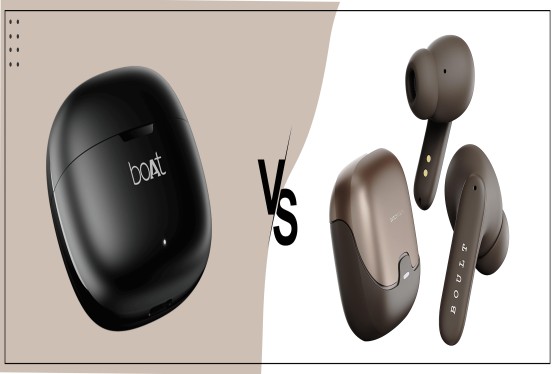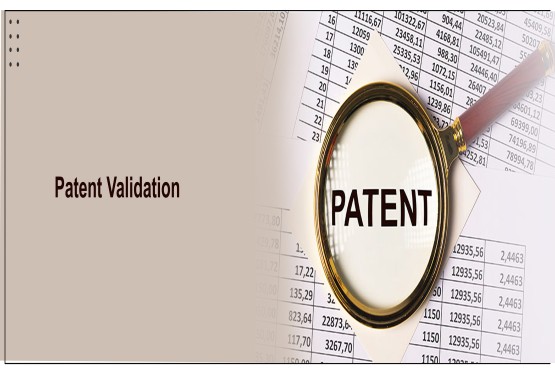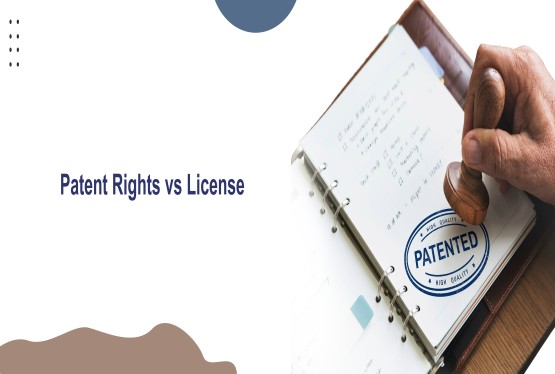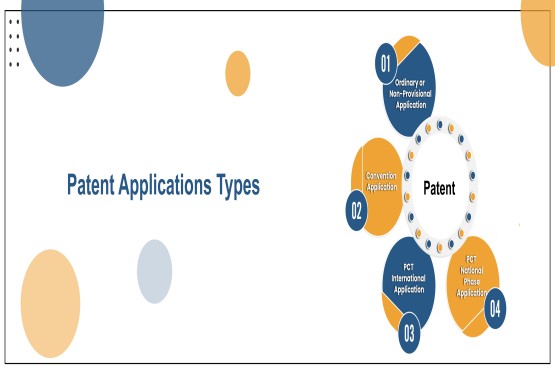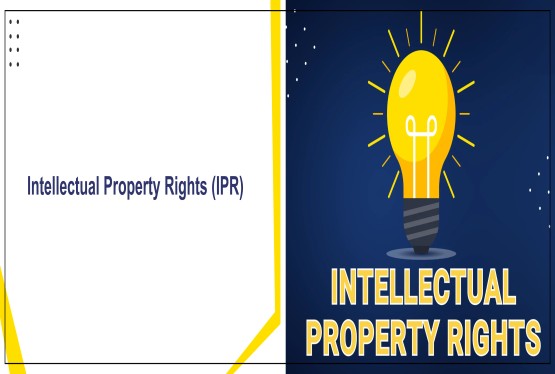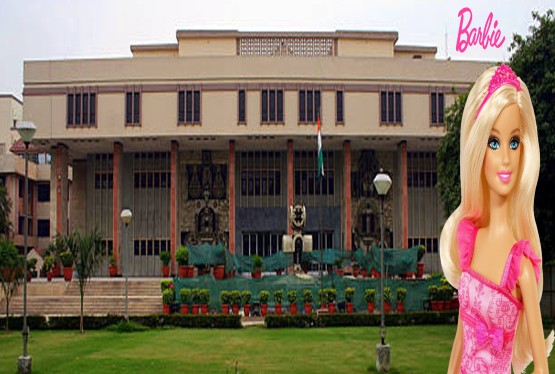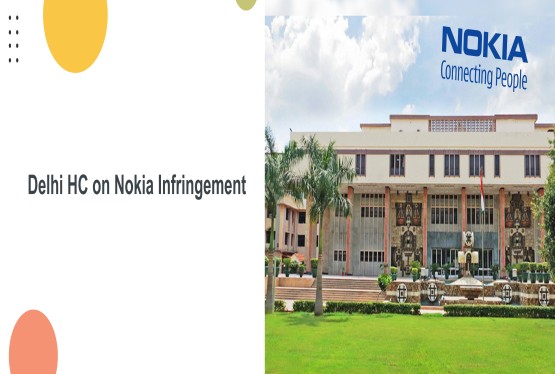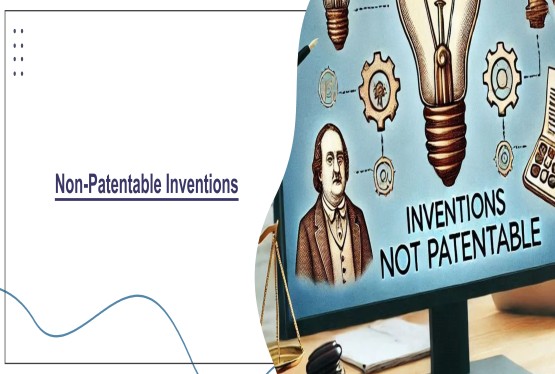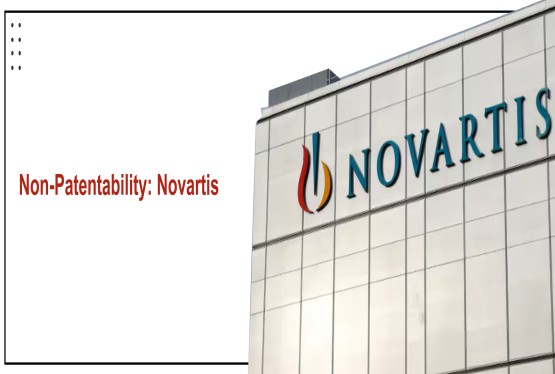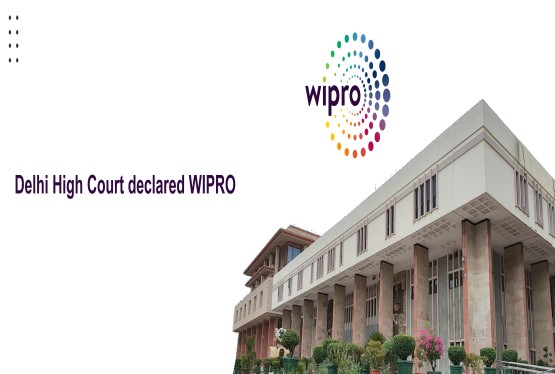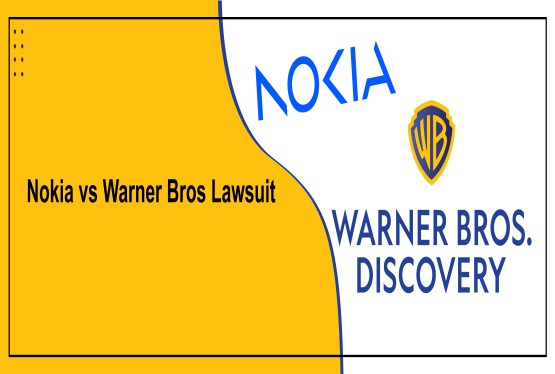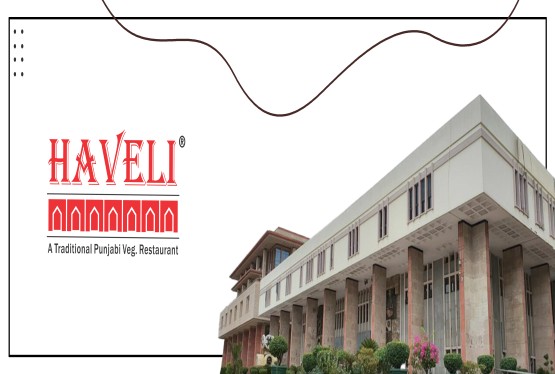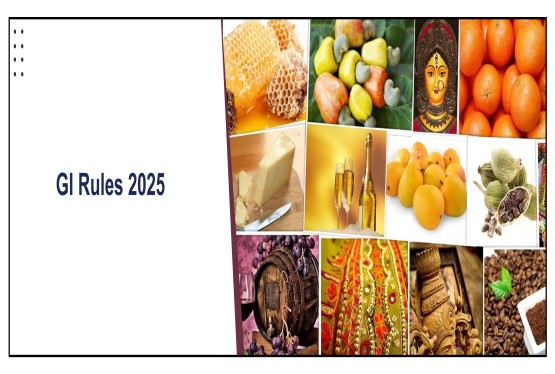For innovators and businesses, protecting inventions across borders is an important step in maintaining a competitive edge. Patent laws provide multiple filing routes depending on whether protection is sought in one country or globally. Three key terms often arise in this context: Ordinary Application, PCT (Patent Cooperation Treaty) Application, and WIPO (World Intellectual Property Organization). Understanding their distinctions is essential for making informed decisions about safeguarding intellectual property.
Learn more about WIPO full form meaning and its objectives.
Ordinary Patent Application
An Ordinary Patent Application is filed directly with the patent office of a specific country (e.g., Indian Patent Office, USPTO in the U.S.).
Scope: Protection is limited to that particular country.
Priority Date: The filing date becomes the priority date.
Process:
-
Submission of application with specification, claims, drawings, and fee.
-
Formal examination by the national patent office.
-
Grant or refusal based on compliance with patentability requirements.
Use Case: Best when the invention will only be commercially exploited in one jurisdiction.
PCT (Patent Cooperation Treaty) Application
The PCT is an international treaty administered by WIPO that allows inventors to seek protection in multiple countries with a single application.
Scope: Covers 150+ contracting states.
Procedure:
-
International Phase: A PCT application is filed with a Receiving Office (e.g., Indian Patent Office, USPTO, or directly with WIPO).
-
Includes an International Search Report (ISR) and Written Opinion.
-
Optionally, International Preliminary Examination.
-
-
National Phase: Within 30/31 months of the priority date, the applicant enters individual countries where protection is sought. Each office conducts its own examination before granting.
Advantages:
-
Delays costs of multiple filings.
-
Provides a centralized search and opinion on patentability.
-
Keeps options open for global protection.
WIPO (World Intellectual Property Organization)
WIPO is not a separate type of application but the international body that administers the PCT system and other IP treaties (like Madrid Protocol for trademarks).
Role in Patents:
-
Manages the PCT system.
-
Publishes international applications.
-
Provides search and preliminary examination services.
Clarification: Filing “through WIPO” usually means filing a PCT application under WIPO-administered systems. WIPO itself does not grant patents; individual national/regional patent offices (e.g., EPO, USPTO, IPO India) ultimately grant rights.
Final Word
Ordinary Application = Direct filing in one country for national protection. PCT Application = One international filing route, administered by WIPO, that facilitates protection in multiple countries while deferring costs. WIPO = The organization overseeing the PCT system and IP treaties, but not a granting authority.
For startups and businesses, choosing the right route depends on commercial goals, budget, and target markets. Filing an ordinary application works for single-country protection, while PCT via WIPO is ideal when global commercialization is planned.
FAQs
Q1. Is WIPO the same as PCT?
Ans. No. WIPO is the organization, while PCT is the treaty administered by WIPO that enables international patent filing.
Q2. Can I directly get a “worldwide patent” through WIPO?
Ans. No. There is no global patent. WIPO facilitates filings under PCT, but patents are granted only by national/regional offices.
Q3. What is the time limit to enter the national phase after a PCT application?
Ans. Generally, 30 months (31 months in some countries) from the priority date.
Q4. Is it cheaper to file through PCT than separate ordinary applications?
Ans. Initially, yes, because it delays costs. However, national phase entry still requires paying fees in each country.
Q5. When should I choose an ordinary application instead of PCT?
Ans. If protection is only needed in one country or cost is a constraint, an ordinary application is sufficient.

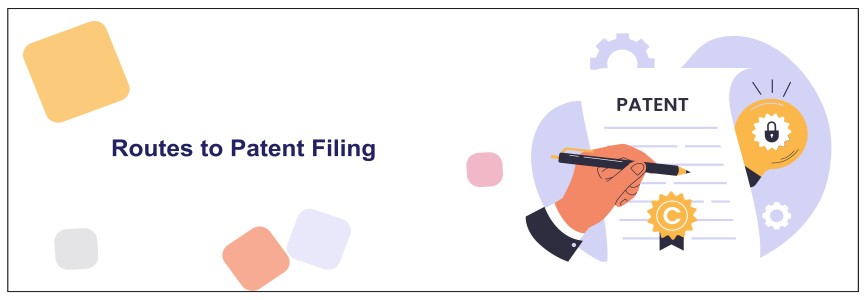




























_(b)_of_the_Trademark_Act,_1999_(1)_crop10_thumb.jpg)



_crop10_thumb.jpg)




























_crop10_thumb.jpg)
_crop10_thumb.jpg)






_crop10_thumb.jpg)








_crop10_thumb.jpg)



_crop10_thumb.jpg)





























_crop10_thumb.jpg)

















_crop10_thumb.jpg)






_crop10_thumb.jpg)












































































































































_crop10_thumb.jpg)




































_crop10_thumb.jpg)












_crop10_thumb.jpg)













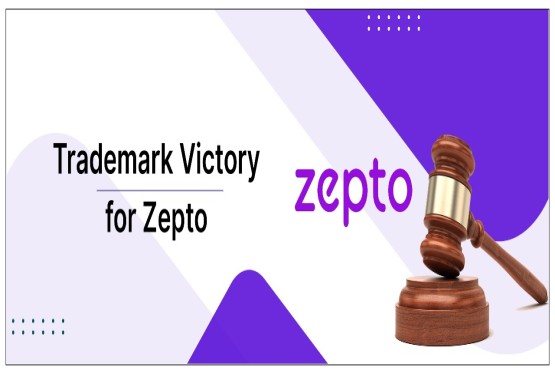




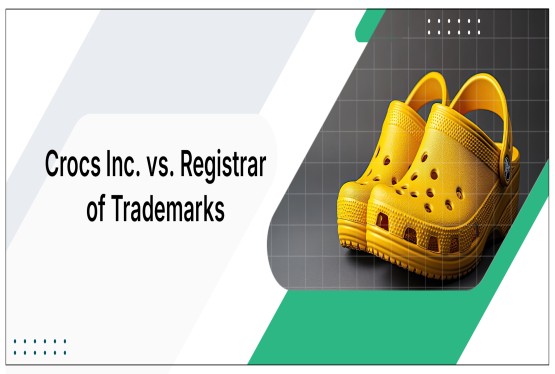















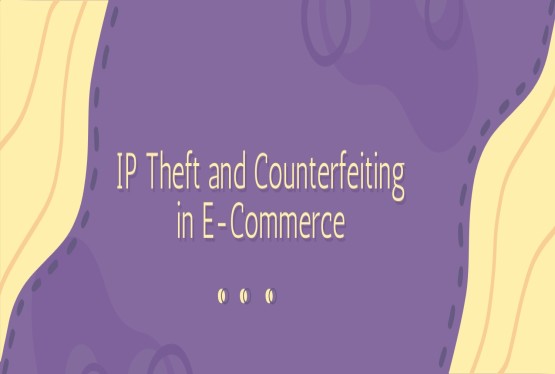












_crop10_thumb.jpg)






